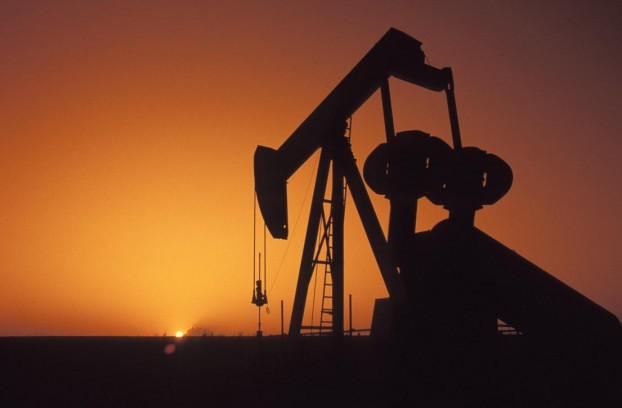Saudi Arabia is known for its vast reserves of oil. It’s also known for its oppressive political regime, which severely restricts the freedom of religious minorities and women.
Thus far, the Saudi royal family has maintained its highly oppressive form of government by pacifying its people with an extensive welfare state funded by oil money. But low oil prices brought about by hydraulic fracturing in the United States are forcing the monarchy to give the Saudi people more freedom in order to remain in power.
Just how oppressive is the Saudi government? Many of the liberties American citizens take for granted are forbidden in Saudi Arabia. For instance, many forms of speech are prohibited, and those who have spoken out against the Saudi government face prison sentences of up to 15 years.
Freedom of speech can truly exist only if the people are allowed to say things the government does not like.
Freedom of religion also is nonexistent in Saudi Arabia. Many Christian churches are illegal, and the Saudi religious police recently arrested 41 people for “plotting” to celebrate Christmas. Such conditions are unimaginable in the United States.
Women also suffer under royal rule. Saudi Arabia is famous for not allowing women to drive, but women are also prohibited from traveling without a male chaperone, interacting with men in public, swimming, or trying on clothes when shopping. Additionally, women represent just 16 percent of the workforce.
Saudi Arabia has managed to keep demands for more political freedom at bay by spending several billion dollars on social welfare programs that provide free education and health care to all citizens. These programs are widely seen as a means of pacifying the Saudi middle class and preventing an Arab Spring-style uprising.
Plummeting oil prices, however, endanger the Saudi government’s ability to provide these benefits.
Oil prices peaked at $115 per barrel in the summer of 2014. Since then, prices have plummeted to less than $40 per barrel — largely because the United States has nearly doubled its oil output since 2008 through the use of hydraulic fracturing — far below the price the Saudi government needs to balance its budget.
Saudi government officials initially believed the kingdom could withstand low oil prices because it had accumulated an $850 billion “rainy day fund,” but higher-than-expected spending has caused the Saudis to hemorrhage more money than anticipated.
By some estimates, Saudi Arabia could exhaust its foreign currency reserves—now roughly $640 billion—by 2020 without a big hike in oil prices or deep cuts in spending.
Spending cuts are already beginning to occur. Saudi Arabia raised the price of domestic fuel by up to 40 percent and reduced subsidies for gasoline, diesel fuel, kerosene, water and electricity. Further spending cuts to the welfare state, plus the introduction of new levies such as the income tax, could threaten the stability of the Saudi government.
Oil prices are not likely to recover enough to plug the Saudi budget gap in the near future, as U.S. oil producers stubbornly have found new ways to cut costs and maintain production — even at lower prices. Additionally, fracking operations can boost production very quickly for relatively little cost, which is not true for Saudi oil producers.
Although recent executions may be a sign the Saudi royal family is trying to tighten its grasp on the population, there are some signs reforms are coming to the ultra-Islamic state. Women were allowed to vote for the first time ever in December 2015, and other civil and political freedoms for average Saudis are likely to follow as “freedom frackers” continue to pump oil from American soil, loosening the grip the Saudi theocracy has on its populace.
Fracking and the low-cost energy it produces strengthen the United States both at home and abroad.





